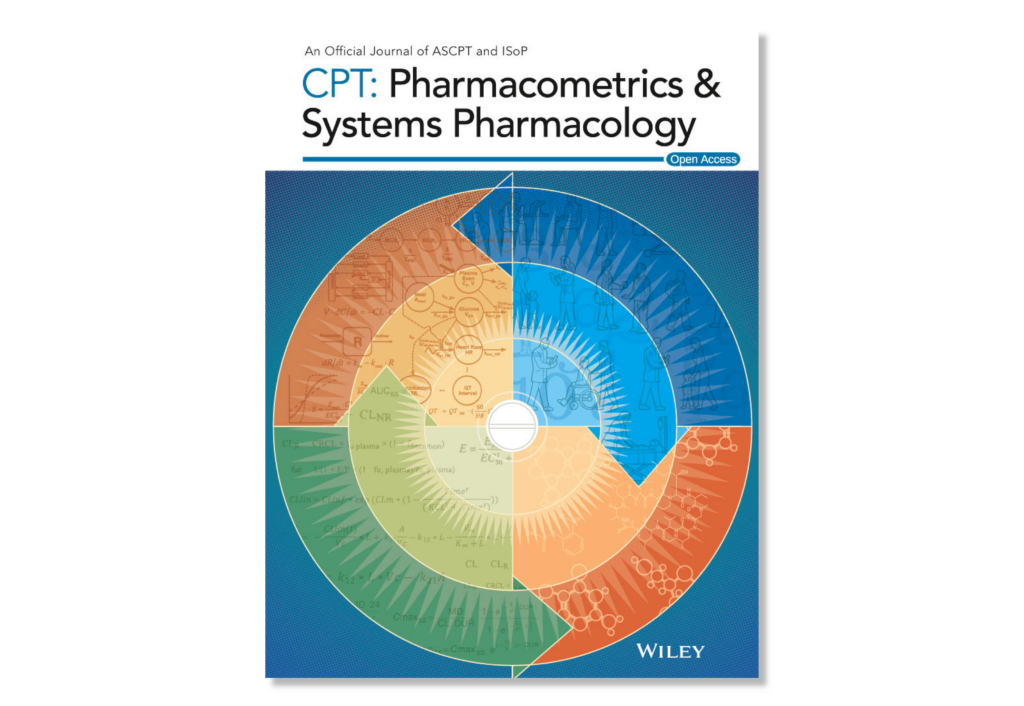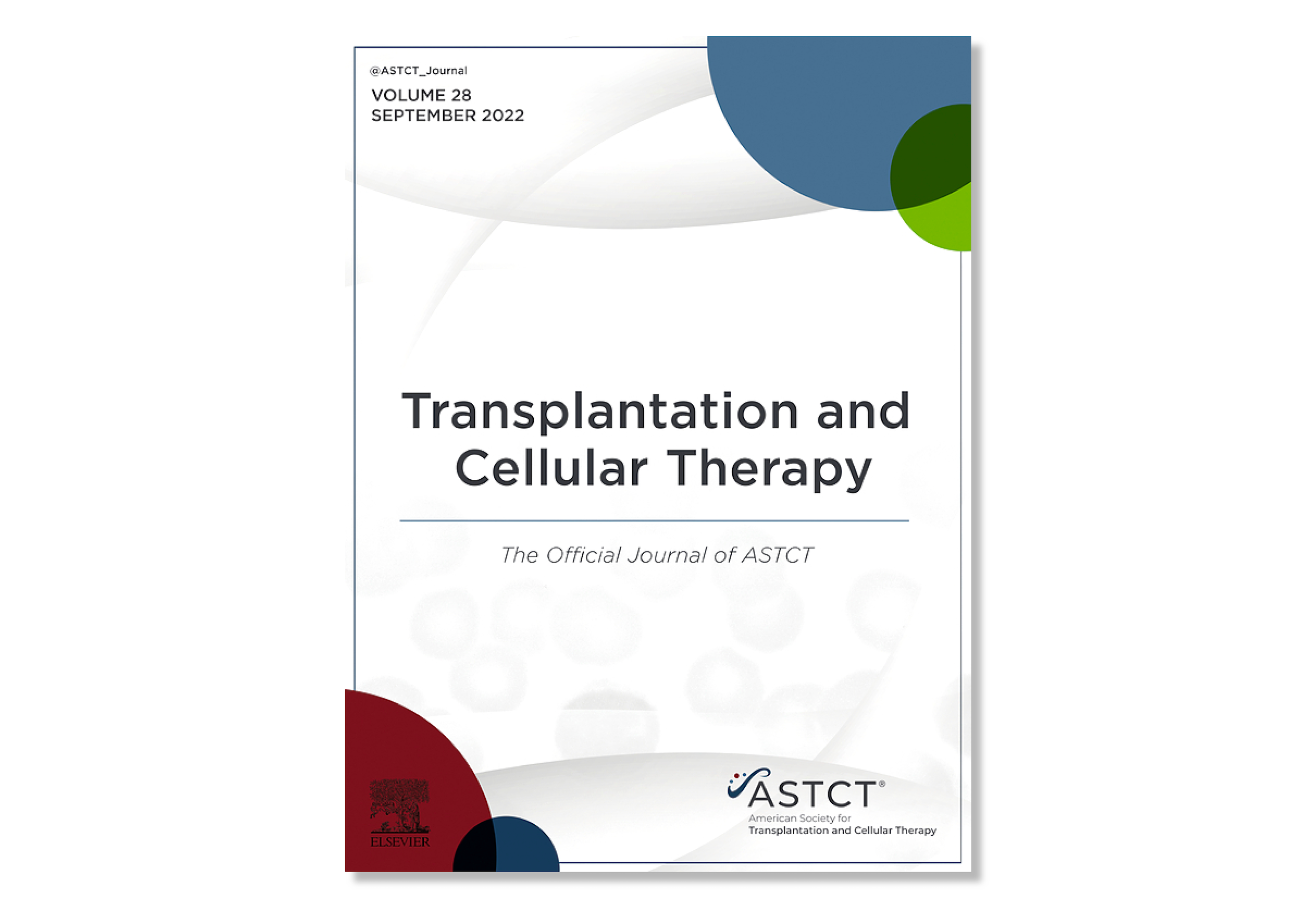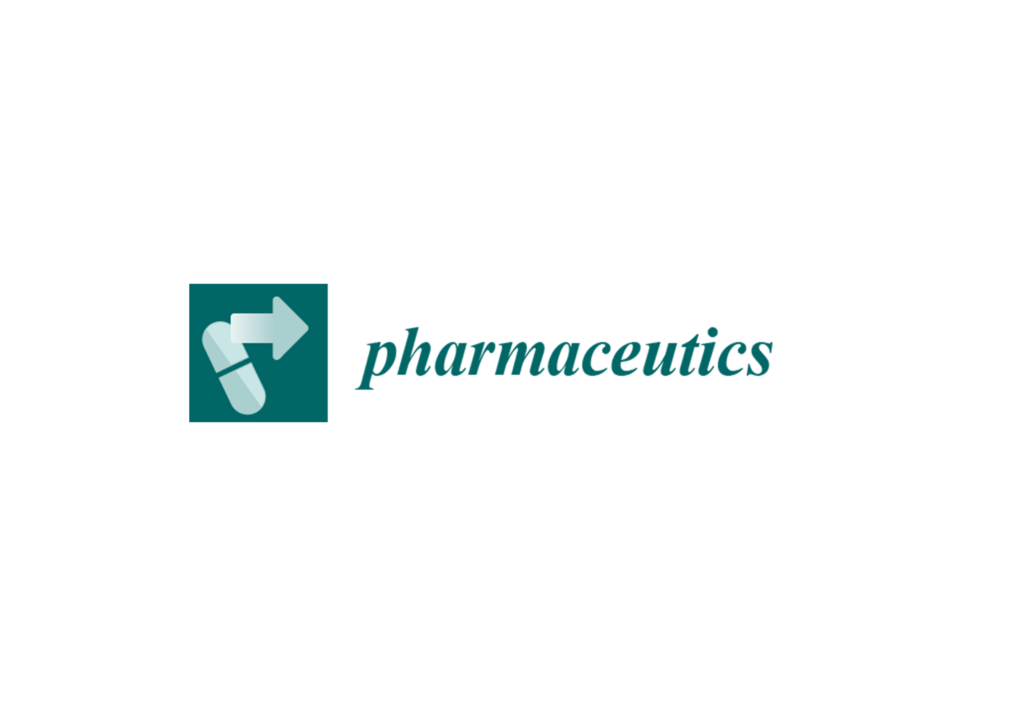

The Relationship Between Busulfan Exposure and Achievement of Sustained Donor Myeloid Chimerism in Patients with Non-Malignant Disorders
Abstract
The overall objective of allogeneic hematopoietic cell transplantation (HCT) in patients with non-malignant conditions involves replacing a dysfunctional or absent cell or gene product for disease correction. It is unclear whether lower busulfan exposure may be sufficient in this population to facilitate durable myeloid engraftment and limit toxicity. Given that neither the ideal level of mixed myeloid chimerism for specific non-malignant diseases nor how to condition a patient to achieve stable mixed myeloid chimerism is fully known, we sought to analyze the relationships among busulfan exposure, myeloid chimerism, and outcomes in patients with non-malignant conditions receiving busulfan as a part of combination pretransplant conditioning at our institution. This was a single-center, retrospective study including pediatric patients with a variety of non-malignant disorders who underwent allogeneic HCT at the University of California San Francisco Benioff Children’s Hospital from March 2007 to June 2018. The busulfan cumulative area under the curve (cAUC) was estimated using a validated population pharmacokinetic model and nonlinear mixed effects modeling. Median busulfan cAUC for all patients was 70 mg·h/L (range, 53 to 108). All of the 29 patients with a busulfan cAUC of ≥70 mg·h/L achieved long-term disease correction with full or stable mixed (>20%) myeloid chimerism, compared to 78.5% (22/28) of patients with a cAUC of <70 mg·h/L (P = .01). Overall ksurvival was evaluated up to 3 years and was identical in patients with busulfan cAUC < 70 mg·h/L and patients with busulfan cAUC ≥70 mg·h/L (96% versus 93%; P = .92). Only three patients died, at days 65, 164 and 980 days post-HCT. Severe busulfan-related toxicities and graft-versus-host-disease (GVHD) were rare, with veno-occlusive disease occurring in four patients (7%), acute respiratory distress syndrome in three patients (5%), and GVHD in five patients (9%). These results demonstrate excellent outcomes and extremely low rates of toxicity across our entire cohort. Based on the results of this study, we recommend a busulfan exposure target of 75 mg·h/L (range, 70 to 80) in all non-malignant patients receiving allogeneic HCT to ensure optimal exposure for achievement of high-level stable myeloid chimerism.
Winger, B.A., Shukla, P., Kharbanda, S. Keizer, R.J., Goswami, S., Crown, M.J., Dvorak, C.C., Long-Boyle, J. (2020), The Relationship Between Busulfan Exposure and Achievement of Sustained Donor Myeloid Chimerism in Patients with Non-Malignant Disorders. Transplantation and Cellular Therapy. doi.org/10.1016/j.jtct.2020.12.005
